The content of the article
For cleaning hands from contamination with mounting foam, the area of contact of the foam with the skin is of fundamental importance. The larger the stain, the harder it is to clean it. More importantly, the degree of polymerization (solidification) of the material. If possible, the foam must be removed immediately. After 10-15 minutes to make it much more difficult. More old remains on the skin of the hands is not easy to remove.
Special fluids and aerosols
Manufacturers of foams produce special washes. Most of them are designed for cleaning guns and smooth working surfaces (window sills, door and window frames, doors). Liquid for cleaning hands do not release, because frozen polyurethane is irreversible.It can only be softened with sufficiently aggressive solvents, contact of which with human skin is undesirable.
But, if skin contamination has already occurred, many builders have resorted to standard fluids and aerosols in the hope of cleaning their hands without harming their health.
Released substances are designed only for the removal of fresh foam:
- IOFARM R621. Aerosol for cleaning tools, dirty surfaces, hands. The main active ingredient is acetone. Apply only to remove fresh dirt.
- PENOSIL Foam Cleaner. Aerosol for cleaning fresh, uncured foam. Can be used to remove stains from plastics (leaves no residue).
- Oppa. Aerosol of removal of not hardened fragments. It is also used for cleaning and degreasing plastic and glass surfaces.
- PENOSIL Premium Cured PU-Foam Remover. Remover for hardened foam. Spray can. Not effective on adhesive (well absorbing, porous) surfaces.
- Cosmofen S5. Means for polishing plastic. Cleans fresh foam. The main purpose is to remove defects and scratches from opaque vinyl (PVC) surfaces.
To clean your hands you need very few special solvents.Therefore, when choosing a liquid or aerosol, their additional capabilities are important so that the acquired spray can be fully demanded.
Universal Solvents
If at the time of contamination there were no special fluids, common, standard solvents are used:
- Acetone and acetone containing liquids (composite solvent 646, nail polish remover). In small quantities, they are not so toxic, because acetone is a product of natural metabolism, is present in the body.
- White Spirit. Not very effective. However, it is better than using soap and water.
- Solvent 647. Multicomponent liquid based on acetates and toluene. Toxic.
To avoid complications from skin contact with aggressive liquids (for chronic allergies), it is possible to use heated vegetable oil. This substance is not as effective. But not without side effects, environmentally friendly.
How to clean your hands from fresh foam
The foam that did not have time to harden (polymerize) is washed off quite easily. The main thing is to follow simple rules:
- Localize the stain. Pollution wipe with napkins, toilet paper or soft rags.Movement must be directed to the center of the spot so that it decreases, rather than increases.
- Solvents. Aerosol washes are sprayed from a distance of 10-15 cm onto soiled areas. If the stain is small, it is possible to spray the substance not on contamination, but on a rag, which can be cleaned from a distance of 1-2 cm.
- Solvent removal. After cleaning the hands, wash them with soap and hot running water.
Fresh foam is easy to clean. However, it is not always possible to interrupt work to care for your hands. In this case, you have to deal with the problem of cleaning up old stains.
What to do if foam froze on hands
It is impossible to remove a well-dried foam with ordinary solvents and washes. There are special compositions of substances. But practice shows that they are not effective:
- Pollution practically does not change its properties.
- Solvents are toxic, badly affect the skin of the hands and, being absorbed into the pores, on the liver and cardiovascular system of the body.
For example, PU REMOVER is a hardened foam cleaner paste. The substance can actually soften dried polyurethane foam, but, as stated in the manufacturer's instructions, is applicable only on smooth, non-porous surfaces.Excellent proven on metals, glass, but not effectively on the hands.
Sequence of actions when removing dried foam
The easiest way to clean old dirt from construction foam is a natural change of the epithelium: the upper layers of the skin periodically change, ossify. Along with them "persistent" pollution. The process lasts from several days to 7-10 days, but it can be accelerated:
- Thinning The foam layer must be made as thin as possible. This is carried out mechanically: gently, the foam, not to damage the skin, is washed with fine emery paper, pumice. Sometimes a razor blade is also used, but this method is not recommended, since cuts and wounds are unavoidable. It is worth remembering that under the skin of the hands of the veins are located very close.
- Steaming. Hands can be steamed in hot water (at a temp. 60-65 degrees.). Steaming time depends on the quality of the foam, the degree of its penetration into the pores and the initial state of the skin.
After 10-15 minutes, the hands are wiped and dried. The spot is localized, the thinnest parts of the spots will disappear. Thick need to be thinned and steamed again.
If it is not possible to wash off the remains of the foam completely, you should put a children's moisturizer on the contaminated places at night. This method is not as effective as steaming. But it “works” all night and, as a rule, brings certain results.
How harmful is polyurethane
The active substance of the assembly foam is polyurethane foam (PPU). Fresh and in the process of hardening, it releases toxic substances. Therefore, skin contact with the skin is not desirable and causes irritation, allergic reactions. Frozen it is no more dangerous than foam rubber.
How to secure hands
It is enough to use rubberized gloves. Ordinary cotton will do, but they are not capable of protecting their hands to the full extent, as they get wet and are permeable to foam. However, the area of pollution will reduce, especially if you change them more often.
It should be remembered that it is easier to anticipate possible contamination than to remove then dried spots of polyurethane. It's so difficult.
Video: how to remove the foam from the hands


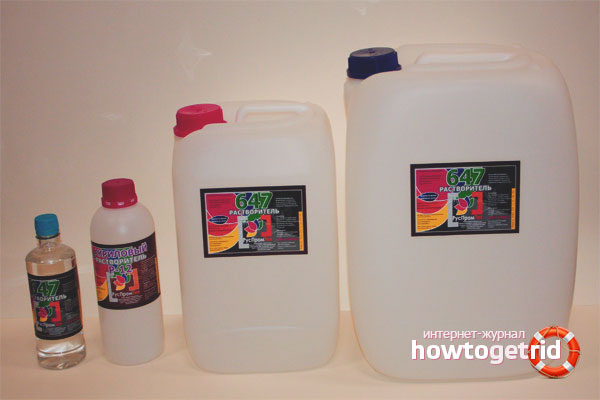

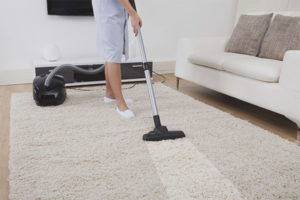
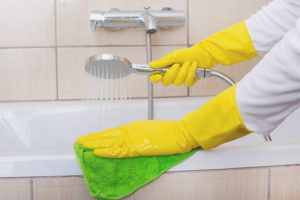

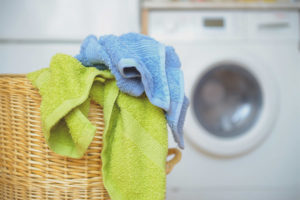
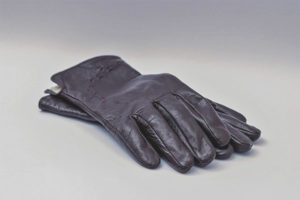



To send